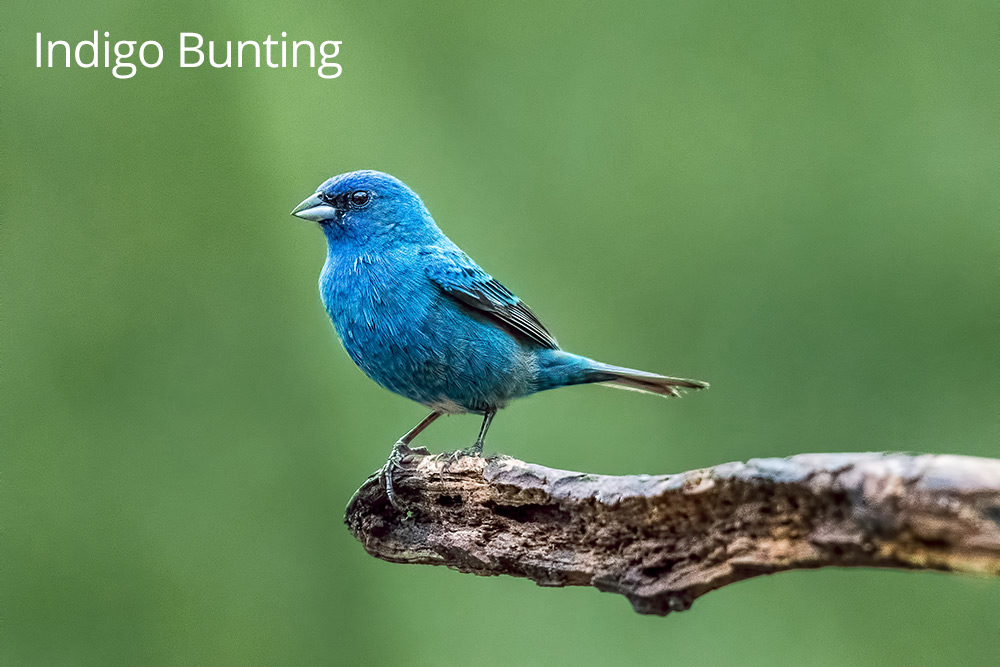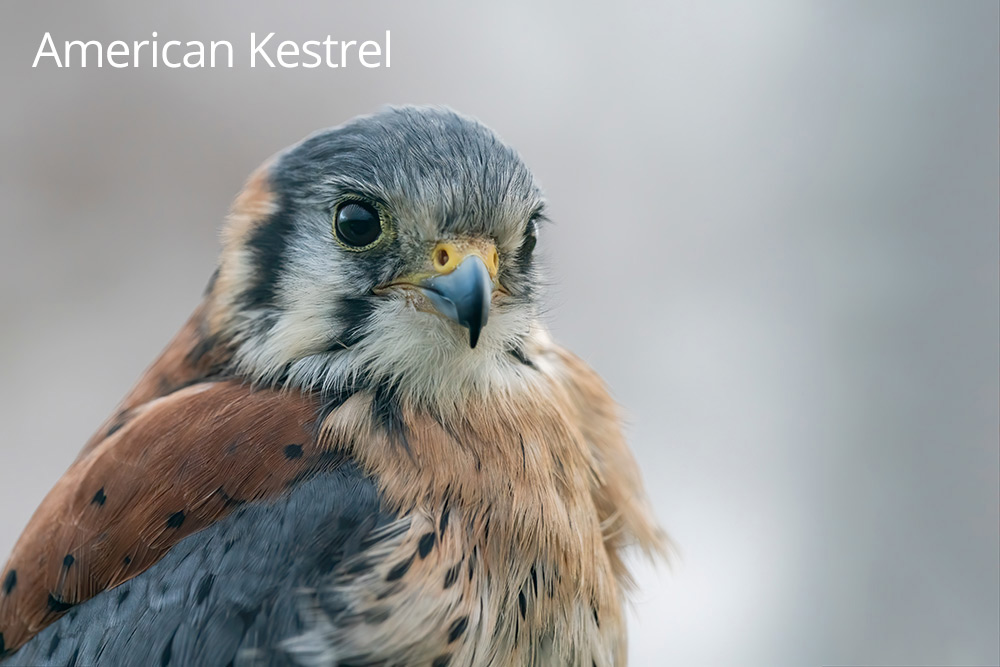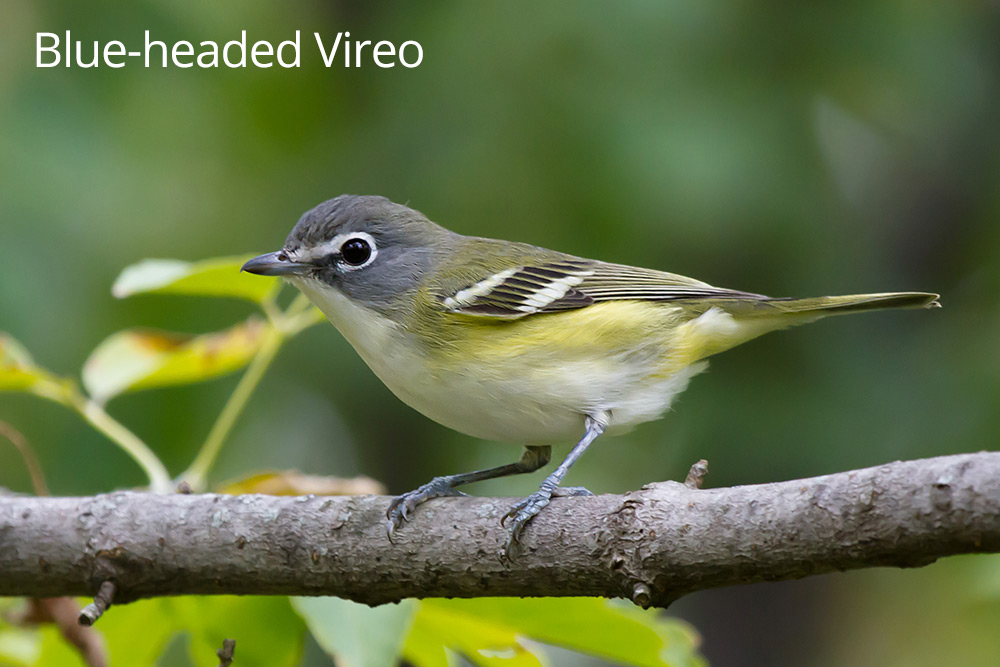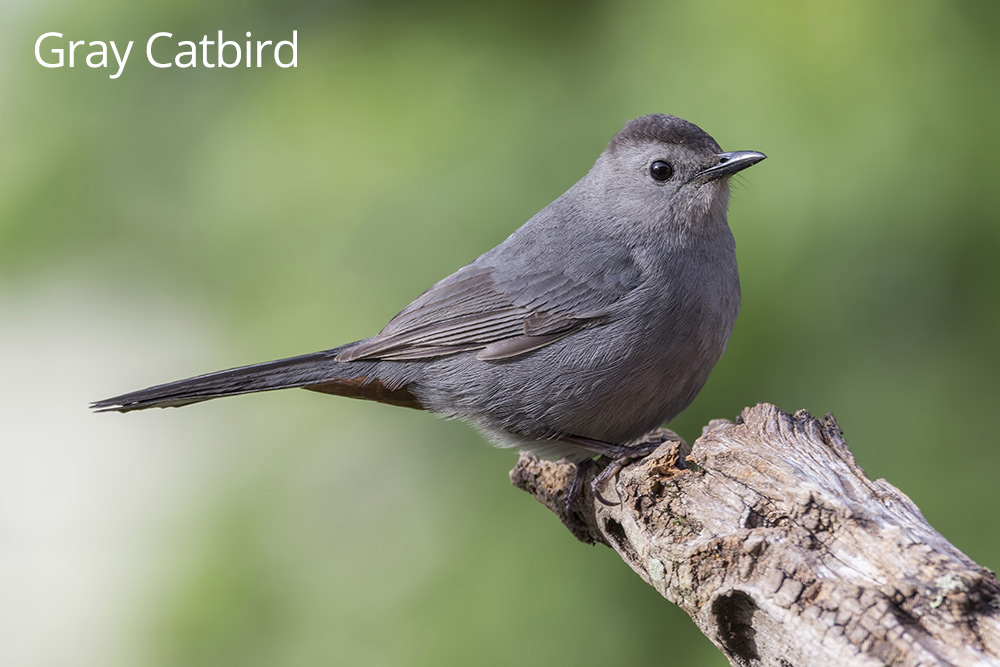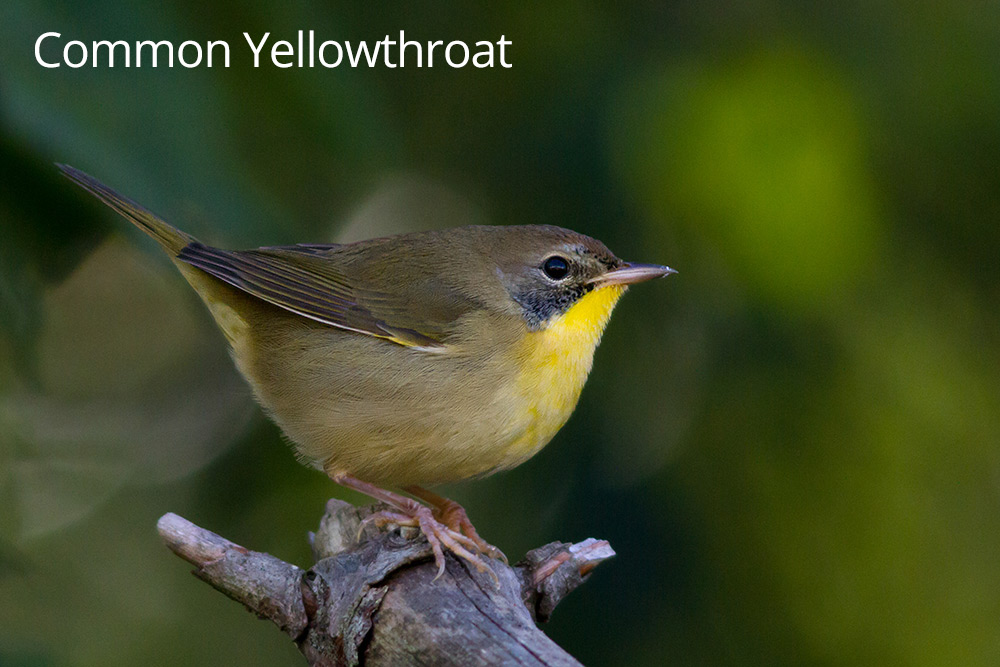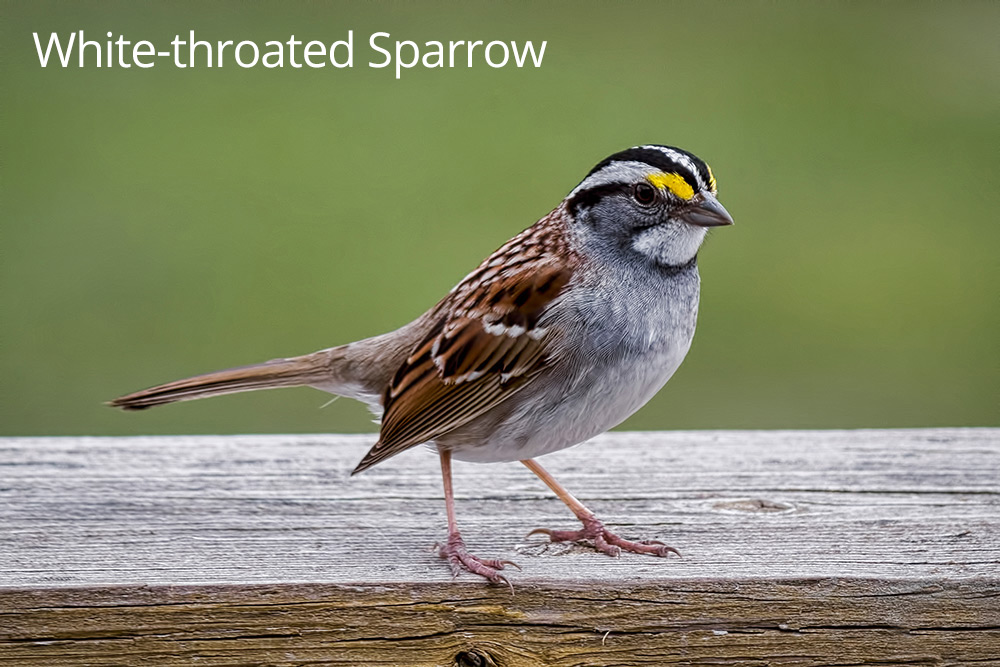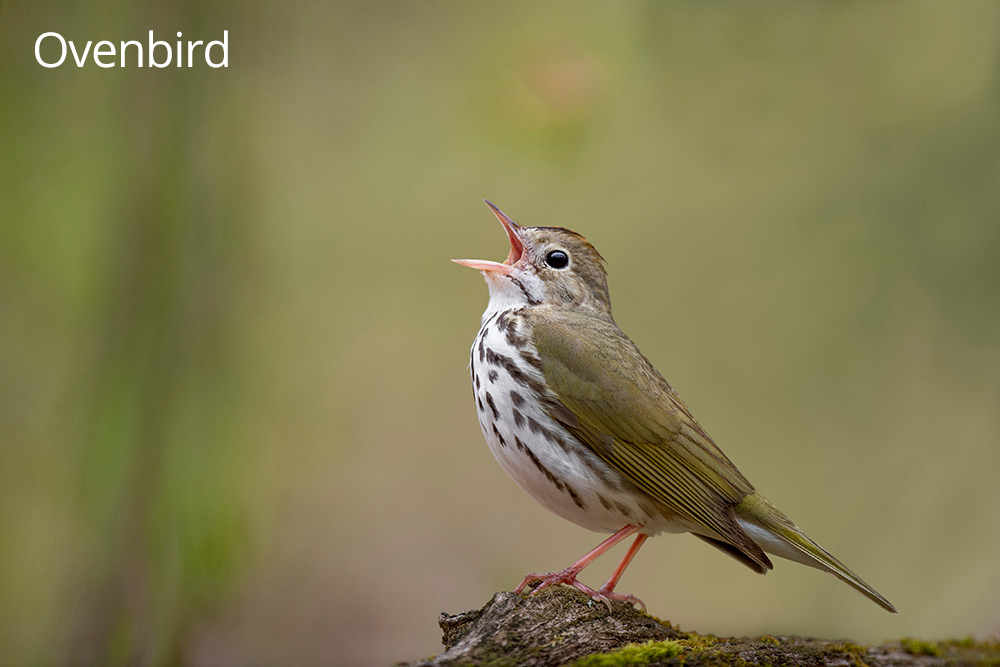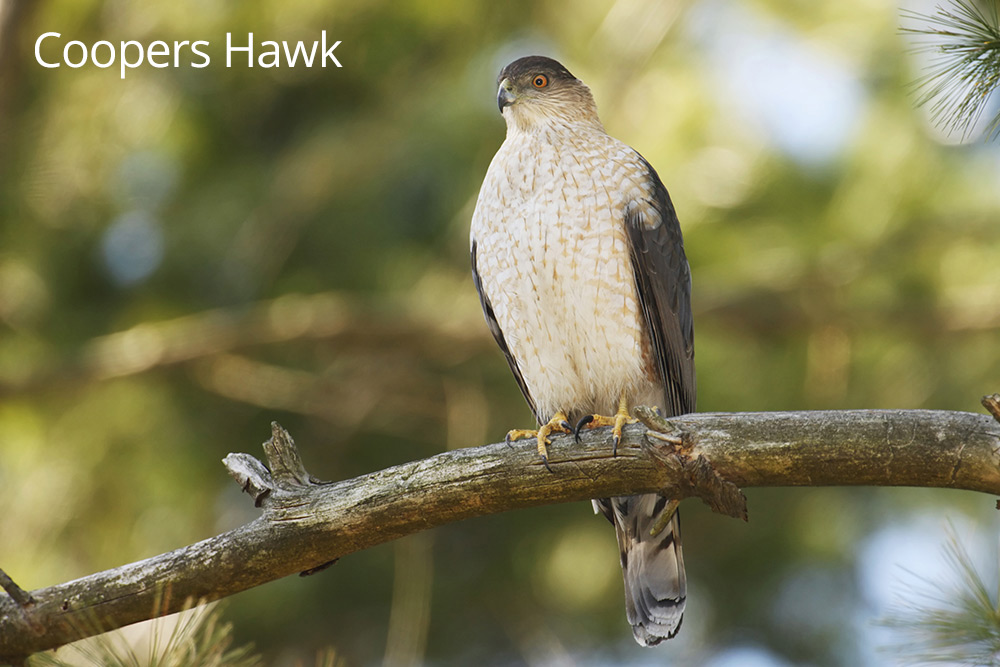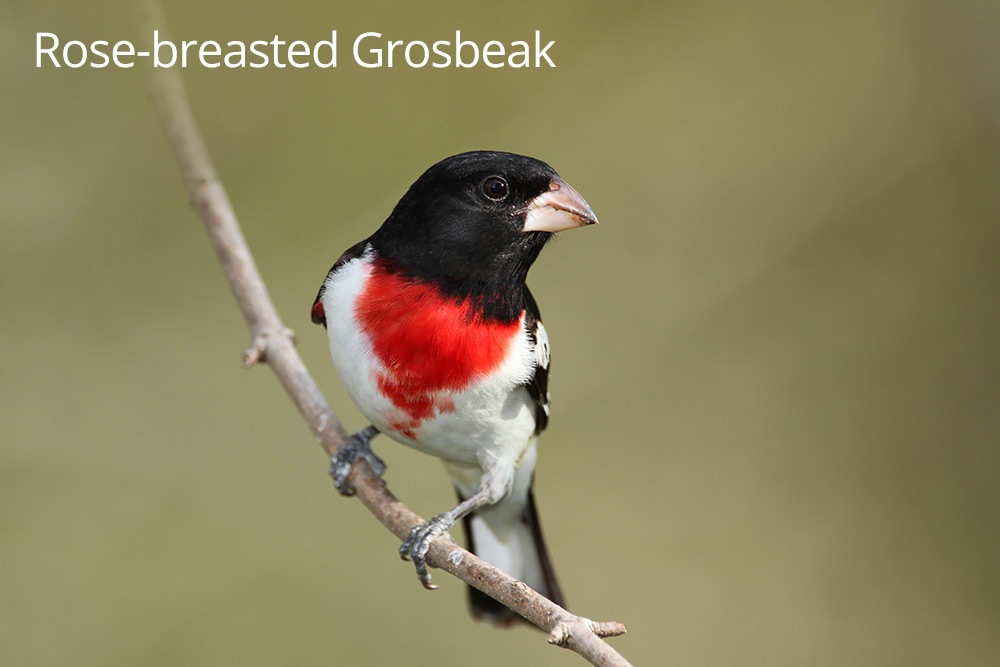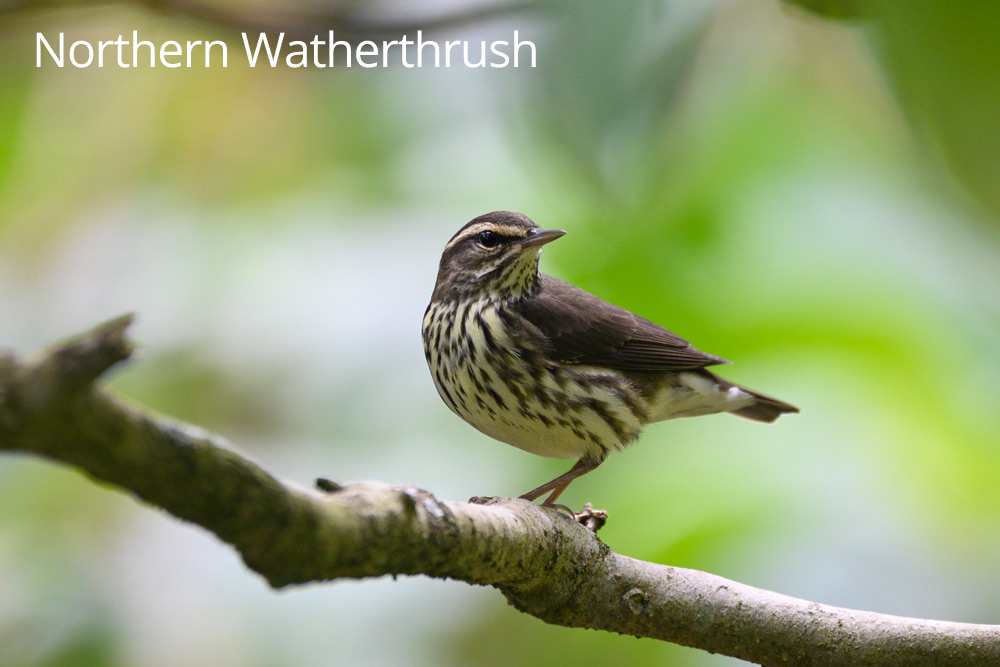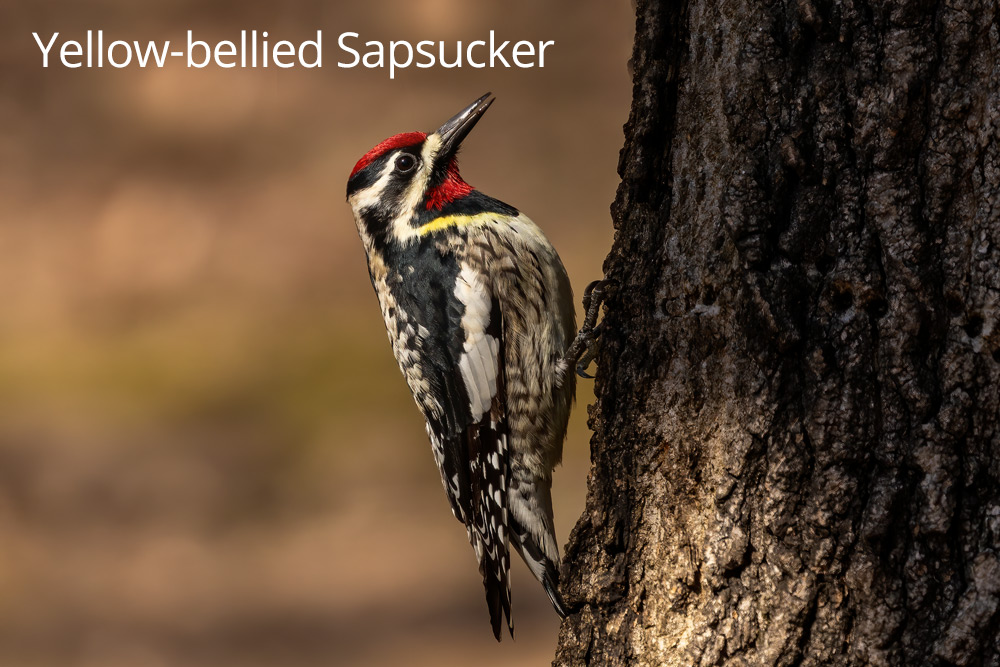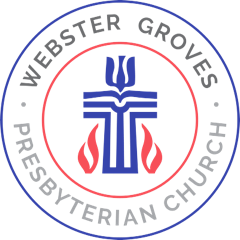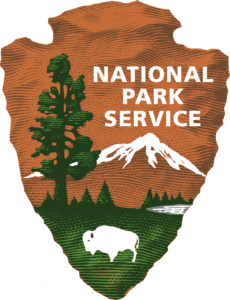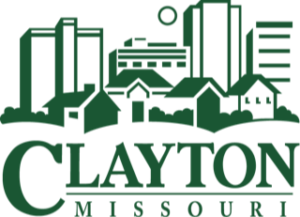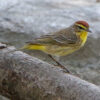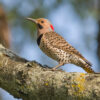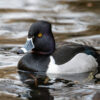Why are birds not safe in St. Louis?
Busy Sky Highway
St. Louis sits on the Mississippi Flyway – the largest migratory pathway used by birds in North America.
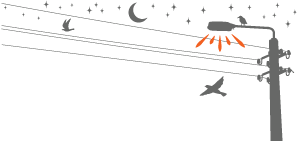
Dangerous Night Flying
As birds migrate at night, the bright lights cause them to become confused and they exhaust themselves or strike buildings in their path.
Glass Strikes
During the day, birds can strike glass that reflects the trees or shrubs. Or they may try to fly through areas that are actually surrounded by glass barriers.
Learn more about the Mississippi Flyway
St. Louis sits on one of the major migratory pathways of birds in North America – the Mississippi Flyway -the largest migratory pathway used by birds in North America. The flyway covers areas in Canada all the way to the Gulf of Mexico with the Mississippi River flowing underneath this highway in the sky. The Mississippi and Missouri rivers provide resources for the migrating birds as they make their way north in the spring or south in the fall during migration. The Mississippi Flyway is used by 60% of North American songbirds and 40% of North American waterfowl. That encompasses over 325 different bird species out of the 900+ species that can be found in the United States.
Learn more about the dangers of migration in STL
As birds migrate, they encounter urban and suburban environments with buildings, lights, and glass. Many birds migrate at night as this allows them to avoid predators and fly during cooler temperatures while using the night sky as a navigation tool. Bright lights in urban and suburban areas can interfere with their ability to navigate and cause them to become confused and they exhaust themselves or strike buildings in their path. A recent study by Cornell Lab of Ornithology scientists examining a combination of geography and light pollution ranks St. Louis as the fifth most dangerous city during spring migration and the 6th most dangerous city during the fall migration. Another problem is that birds can’t see the glass as we do. When foraging during the day, birds can strike glass that reflects the trees or shrubs nearby when they seek shelter. Or they may try to fly through areas that are actually surrounded by glass barriers.
Start
How will BirdSafeSTL make St. Louis safer for birds?
Add Text
Starting with the fall migration period of 2020, a team of volunteers will survey an area of downtown St. Louis looking for dead or injured birds. This will help us identify and focus on areas of the downtown causing problems for birds. Working with the local business owners and tenants in the problem areas we will identify lighting, glass, or landscaping features likely tied to bird deaths. We will make specific recommendations to address the identified issues and guide them to additional resources to mitigate the identified problems.
Add Text
A Win for Birds
Add Text
By unanimously passing resolutions on April 6th, 2021 (St. Louis County), April 21, 2021 (City of Ellisville) and November 8, 2022 (City of Clayton), proposed in partnership by St. Louis Audubon Society and Lights Out Heartland, St. Louis County and the Cities of Ellisville and Clayton have taken an important step to protect migrating birds from the dangers of bright lights and skyglow.
St. Louis County Resolution
Ellisville Resolution
Clayton Resolution
Add Text
Participating St. Louis Area Buildings
See full list of Lights Out Heartland Partners from all participating regions here.
TEXT
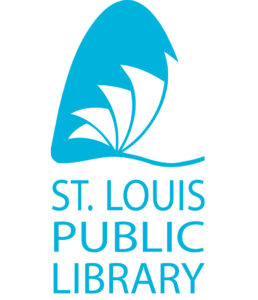
TEXT

TEXT
 Central Library
Central Library

 Gateway Arch
Gateway Arch
What can I do to help?
Business Partner
If you work for a business or are a business owner in the St. Louis region and want to learn more about making your building safer for birds, contact us here.
Volunteer
Survey an area of downtown St. Louis looking for dead or injured birds.
Homeowner Involvement
There are many ways individual homeowners can make birds safer.
Home Certification
Learn more about lighting and home certification from the Missouri Chapter of IDA (International Dark-Sky Association).


